Where to Place Security Cameras for Maximum Coverage
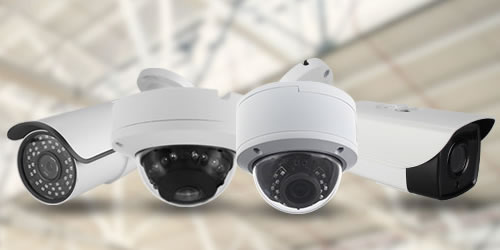
In an era where safety and surveillance are more important
than ever, security cameras have become a vital component of any home or
business security system. However, the effectiveness of these devices greatly
depends on where they are placed.
Poor placement can lead to blind spots, missed incidents, and wasted
investment. To get the most out of your security system, strategic placement is
key.
In this blog, we’ll explore the best locations to install
security cameras for maximum coverage
and provide tips to ensure you capture every critical angle.
1. Front Door: The First Line of Defense
Surprisingly, a large number of break-ins happen through
the front door. Whether it’s a burglar, package thief, or even a visitor, this
entry point sees the most activity. Placing a security camera above the front
door (preferably at a downward angle) allows you to:
●
Monitor visitors and deliveries
●
Record any attempted unauthorized entry
●
Deter criminals with visible surveillance
Pro Tip: Use a
weatherproof, high-definition camera with night vision for 24/7 coverage.
2. Back and Side Doors: Easy Targets
While front doors are more visible, many intruders prefer
back or side doors due to reduced visibility and foot traffic. These areas are
often ignored by homeowners, making them an ideal target for criminals.
Placement Tips:
●
Position the camera high enough to prevent tampering
●
Angle it downward for a wide view of the entrance
and surrounding area
●
Ensure lighting is adequate for clear nighttime
footage
3. Driveway and Garage: Monitor Vehicles and Tools
Driveways and garages often contain valuable items like
vehicles, bikes, tools, or even entrances to the main house. Placing cameras
here helps:
●
Track who enters and leaves the property
●
Deter theft of vehicles and equipment
●
Provide evidence in case of accidents or vandalism
If you have a detached garage or a long driveway, consider
installing multiple cameras to ensure no area is left unwatched.
4. Yard and Perimeter: Keep an Eye on the Big Picture
Monitoring your yard and perimeter helps you detect
trespassers before they even approach your home. These cameras can also help
you monitor kids playing outside or pets roaming in the yard.
Best Practices:
●
Use motion-activated cameras to conserve storage
●
Position them on fence lines or high trees to get a
wide-angle view
●
Ensure weather resistance and proper lighting
5. Common Areas Indoors: Living Room, Hallways, Entrances
Indoor cameras provide valuable coverage of key areas in
your home. If an intruder makes it inside, having interior footage can help
trace movements and support investigations.
Ideal indoor
locations:
●
Living rooms or common areas where burglars often
search for electronics or valuables
●
Hallways leading to bedrooms or safes
●
Main entrances from the garage or back door
Make sure the camera blends in well with the environment
to avoid detection or tampering.
6. Stairways and Second-Floor Landings: Narrow Access
Points
Staircases and upper landings are chokepoints that
burglars often must pass through to access bedrooms or safes. Installing
cameras here allows you to monitor and track movement across levels.
These are especially helpful in multi-story homes or
offices where activity across different floors needs to be recorded.
7. Blind Spots and Hidden Corners
Every property has areas that are not easily visible —
corners behind buildings, spaces near fences, or areas obstructed by
landscaping. These are potential weak spots where intruders can hide or enter
undetected.
Do a walk-around of your property to identify any blind
spots and place cameras accordingly. A combination of wide-angle and PTZ
(pan-tilt-zoom) cameras can help cover these efficiently.
8. Inside the Garage or Storage Sheds
If you use your garage or outdoor shed to store expensive
tools, bikes, or seasonal equipment, adding a camera inside ensures an extra
layer of protection.
Tips:
●
Use cameras with low-light capabilities
●
Ensure your Wi-Fi signal reaches these areas (or
consider wired cameras)
●
Label and organize storage clearly in case you need
to cross-reference recorded footage
Additional Tips for Optimal Camera Placement
●
Height
Matters: Mount cameras at least 8–10 feet above the ground to
avoid tampering but still capture clear facial details.
●
Avoid
Backlighting: Don’t point cameras directly toward bright lights like
the sun or floodlights — it causes glare.
●
Overlap
Coverage: Ensure cameras have overlapping fields of view to
eliminate blind spots.
●
Test Before
You Mount: Use a monitor or mobile app to preview the angle before
final installation.
Related Products

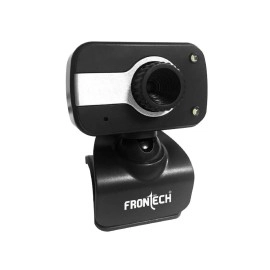
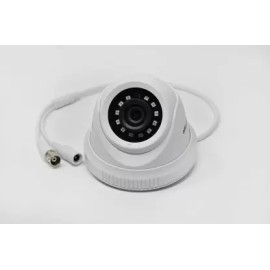
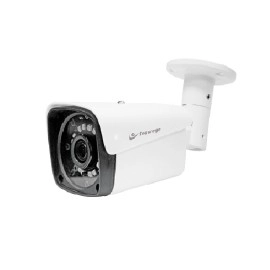
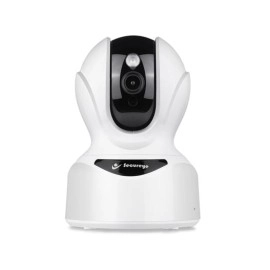
Leave your comment